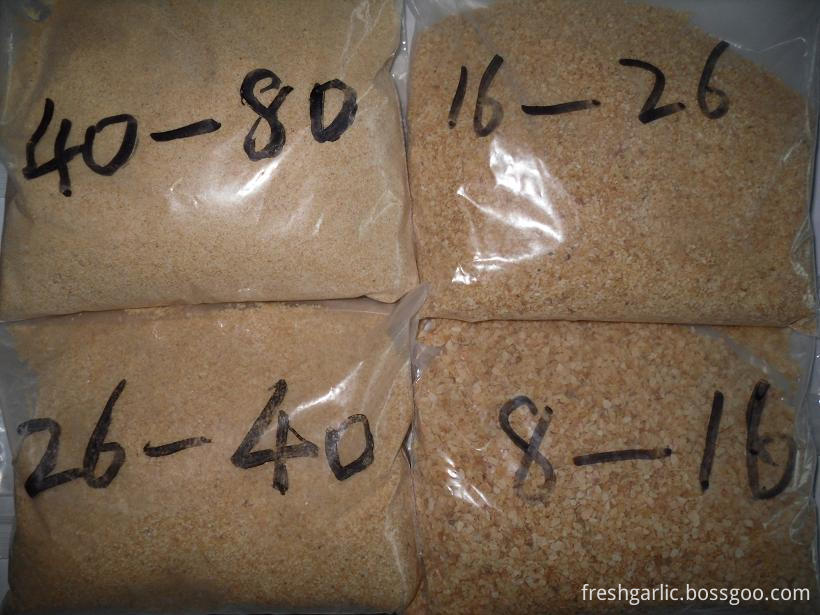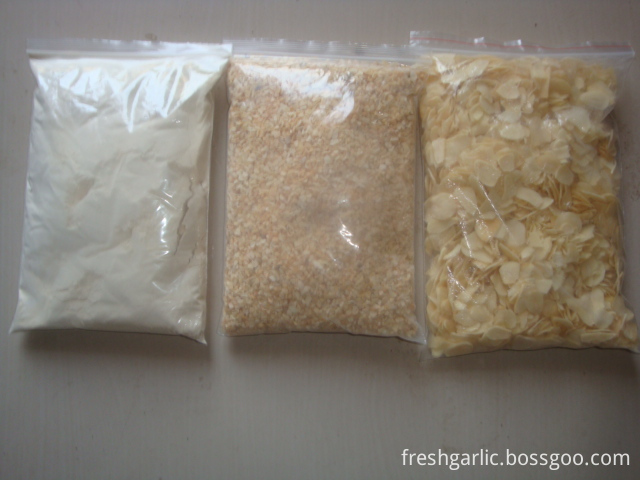Human nitric oxide synthase (NOS) enzyme-linked immunosorbent specification
Kit instruction manual
This kit is for research use only.
examination range: Â Â Â Â Â Â Â Â Â Â Â Â Â Â Â Â Â Â Â Â Â Â Â Â Â Â Â Â Â Â Â Â Â Â Â Â Â Â Â Â Â Â Â Â Â Â Â Â Â Â Â Â Â Â Â Â Â 96T
1μmol/L - 32 μmol/L
purpose of usage:
This kit is used to determine the content of nitric oxide synthase (NOS) in human serum, plasma and related liquid samples .
Experimental principle
The kit uses a double antibody sandwich assay to determine the level of human nitric oxide synthase (NOS) in the specimen . Purified human nitric oxide synthase (NOS) antibody-coated microtiter plate wells the immobilized antibody, monoclonal antibody-coated microplate followed by addition of nitric oxide synthase (NOS), and then with a HRP labeled The nitric oxide synthase (NOS) antibody binds to form an antibody - antigen - enzyme - labeled antibody complex, which is thoroughly washed and then added to the substrate TMB for color development. TMB in HRP enzyme blue, yellow and eventually converted to the action of an acid. The color depth is positively correlated with nitric oxide synthase (NOS) in the sample . The absorbance ( OD value) was measured at 450 nm using a microplate reader , and the concentration of human nitric oxide synthase (NOS) in the sample was calculated from a standard curve .
Kit composition
1 | 30 times concentrated washing solution | 20ml × 1 bottle | 7 | Stop solution | 6ml × 1 bottle |
2 | Enzyme standard reagent | 6ml × 1 bottle | 8 | Standard product ( 64μmol/L ) | 0.5ml × 1 bottle |
3 | Enzyme label coated plate | 12 × 8 pieces of hole | 9 | Standard dilution | 1.5ml × 1 bottle |
4 | Sample diluent | 6ml × 1 bottle | 10 | Instruction manual | 1 copy |
5 | Developer A solution | 6ml × 1 bottle | 11 | Sealing film | 2 sheets  |
6 | Developer B solution | 6ml × 1 / bottle | 12 | sealed bag | 1 |
Specimen requirements
1 . The specimens should be extracted as soon as possible after collection, and the extraction should be carried out according to the relevant literature. The experiment should be carried out as soon as possible after extraction. If the test cannot be performed immediately, the specimen can be stored at -20 °C, but repeated freezing and thawing should be avoided.
2. Samples containing NaN3 could not be detected because NaN3 inhibited horseradish peroxidase ( HRP ) activity.
Steps
1. Â Â Â Â Â Â Â Â Dilution of Standards: This kit provides a standard of the original standard, which can be diluted in a small tube according to the following chart.
32μmol/L | Standard No. 5 | Add 150 μl of standard dilution to 150 μl of the original standard |
16μmol/L | Standard No. 4 | 150μl No. 5 standard Standard dilution was added 150μl |
8μmol/L | Standard No. 3 | 150μl of 4 standards Standard dilution was added 150μl |
4μmol/L | Standard 2 | 150μl standard No. 3 Standard dilution was added 150μl |
2μmol/L | Standard No. 1 | 150 μl of Standard 2 is added to 150 μl of standard dilution |
2.         Adding samples: blank holes (the blank control wells are not added with the sample and the enzyme standard reagent, the other steps are the same), the standard holes, and the sample holes to be tested. Coated ELISA plates were standard accurate pipetting 50 μl, the sample holes before adding the sample dilution 40 μ l, was then combined with the test sample 10 μ l (final dilution is 5-fold). Add the sample to the bottom of the well of the microplate, try not to touch the wall of the well, and shake gently to mix.
3.         Incubation: After sealing plate sealing film and incubated at 37 ℃ board 30 minutes.  Â
4. Â Â Â Â Â Â Â Â Solution: 30 times concentrated washing solution diluted with distilled water 30 times and used
5. Â Â Â Â Â Â Â Â Washing: Carefully remove the sealing film, discard the liquid, dry it, fill each well with the washing solution, let stand for 30 seconds, then discard it, repeat 5 times, and pat dry.
6.         Add enzyme: 50 μl of enzyme labeling reagent was added to each well , except for blank wells.
7. Â Â Â Â Â Â Â Â Incubation: The operation is the same as 3 .
8. Â Â Â Â Â Â Â Â Washing: The operation is the same as 5 .
9.         Color development: Add 50 μl of the developer to each well , then add 50 μl of the developer , gently shake and mix, and color at 37 °C for 15 minutes .
10.     Termination: 50 μl of stop solution was added to each well to terminate the reaction (when the blue color turned yellow).
11. Â Â Â Â Measurement: The absorbance ( OD value) of each well was measured in sequence with a blank air conditioner of zero and a wavelength of 450 nm . The measurement should be carried out within 15 minutes after the addition of the stop solution .
Calculation
  Taking the concentration of the standard as the abscissa and the OD as the ordinate, draw a standard curve on the coordinate paper, and find the corresponding concentration from the standard curve according to the OD value of the sample ; multiply by the dilution factor; or use the concentration of the standard calculate the standard curve and linear regression equation OD value of the sample OD value into the equation to calculate the concentration of the sample, then multiplied by the dilution factor, the actual concentration of the sample.
Precautions
1 . The kit should be taken out from the refrigerated environment and should be used at room temperature for 15-30 minutes before use. If the enzyme label is unsealed after opening, the slats should be stored in a sealed bag.
2 . Concentrated washing liquid may crystallize out. When diluted, it can be heated and dissolved in a water bath. The washing will not affect the result.
3 . The sampler should be used for each step, and the accuracy should be corrected frequently to avoid test errors. It is best to control the loading time within 5 minutes. If the number of specimens is large, it is recommended to use a gun.
4.  Please make a standard curve at the same time of each measurement, it is best to make a double hole. If the content of the substance to be tested in the specimen is too high (the OD value of the sample is larger than the OD value of the first hole of the standard well ), please first dilute the sample dilution with a certain multiple ( n times) and then measure it. When calculating, multiply the total dilution by the total dilution. Multiple ( × n × 5 ).
5. Â The sealing film is intended for single use only to avoid cross-contamination.
6 . Please keep the substrate away from light.
7 . Strictly follow the instructions of the manual, the test results must be based on the microplate reader reading .
8 . All samples, washings and various wastes should be treated as infectious materials.
9 . The different batch components of this reagent must not be mixed.
10. If it is different from the English manual, the English manual shall prevail.
Storage conditions and expiration date
1 . The kit of preservation:; 2-8 ℃.
2 . Validity: 6 months
Garlic Granules are exported to many countries.one container can load garlic flakes, garlic granule and Garlic Powder,we can pack the goods at customer's request.
Our produce from garlic flakes to garlic granule:
Garlic flakes--re-dry--flow away the garlic skin--select out the garlic flakes with dark spot by machine color sortor --produce to different size granule
Garlic Granule, 25 kg/carton
Products Description
1. Commodity name: Garlic powder
2. Features:
1) Specification: 80-100 mesh, 100-120 mesh
2) Color: 100% pure natural white, no obvious spot
3) Moisture: 6% max.
3.Packing:
a) Inner packing:12.5kg/2 aluminum foil bags
b) Outer packing: 25kg/ctn
4. Supply period: All year round
5. Conveyance: 18mts/20' FCL


Dehydrated Garlic Granules,Garlic Granules,Dried Garlic Granules,White Dehydrated Garlic Granules
JINING FORICH FRUITS & VEGETABLES CO., LTD. , https://www.forichgarlic.com